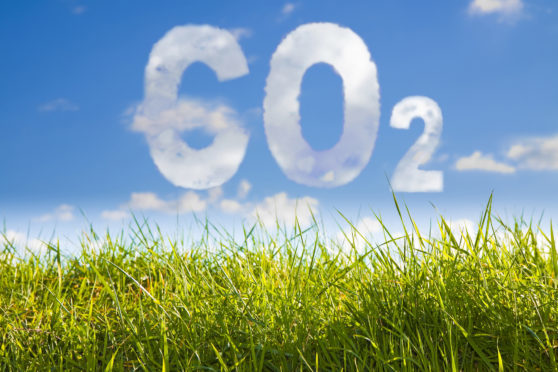The recent panic over the dearth of CO2 supplies must have puzzled many people, as carbon dioxide is constantly vilified as the No 1 villain and “greenhouse gas” in global warming.
What we often fail to realise is that CO2 is vital to the survival of life on this planet and is one of the most useful gases in industry and in food and drink processing.
It is also produced in copious amounts by distilleries and breweries, as fermentation transforms sugar into ethyl alcohol and CO2. In smaller distilleries, this is piped from the washbacks out through the roof, although some big grain distilleries — which use vast enclosed stainless steel fermenters — capture, condense and liquefy the carbon dioxide, mostly for the soft drinks industry and others that use the gas.
CO2 dissolves readily in water, creating the bubbles in sparkling wine and other drinks. It creates a very weak acid, carbonic acid, which is why sparkling mineral water always has a slightly tart taste. It also dissolves in, and lowers the pH of, sea water, which can affect marine life and corals.
Humans, and all other living animals, breathe out CO2 and plants absorb it, with water, during the hours of sunlight, which spurs photosynthesis to produce the cellulose, starch and sugars that are the bedrock nutrients for much of the animal kingdom, including ourselves.
Since the industrial revolution, when we discovered how coal and later oil could drive engines that propelled ships across oceans and steam locomotives over the miles, we have consumed fossil fuels that took millions of years to create in what one scientist has called “a geological eyeblink”. Belatedly, we are realising the need to curb our fossil fuel dependence, but the human population explosion and growing global standards of living mean our creation of fossil-fuel carbon dioxide grows inexorably.
Hence the puzzlement over the sudden CO2 shortage. However, “usable CO2” is a bit like “drinkable water”. Untold zillions of tons of water exist, but only a tiny fraction of it is drinkable.
It’s a bit like creating Scotch whisky. Millions of litres of spirit are distilled every year, but it then takes three and more years to be whisky and often countless more to become really good whisky.










